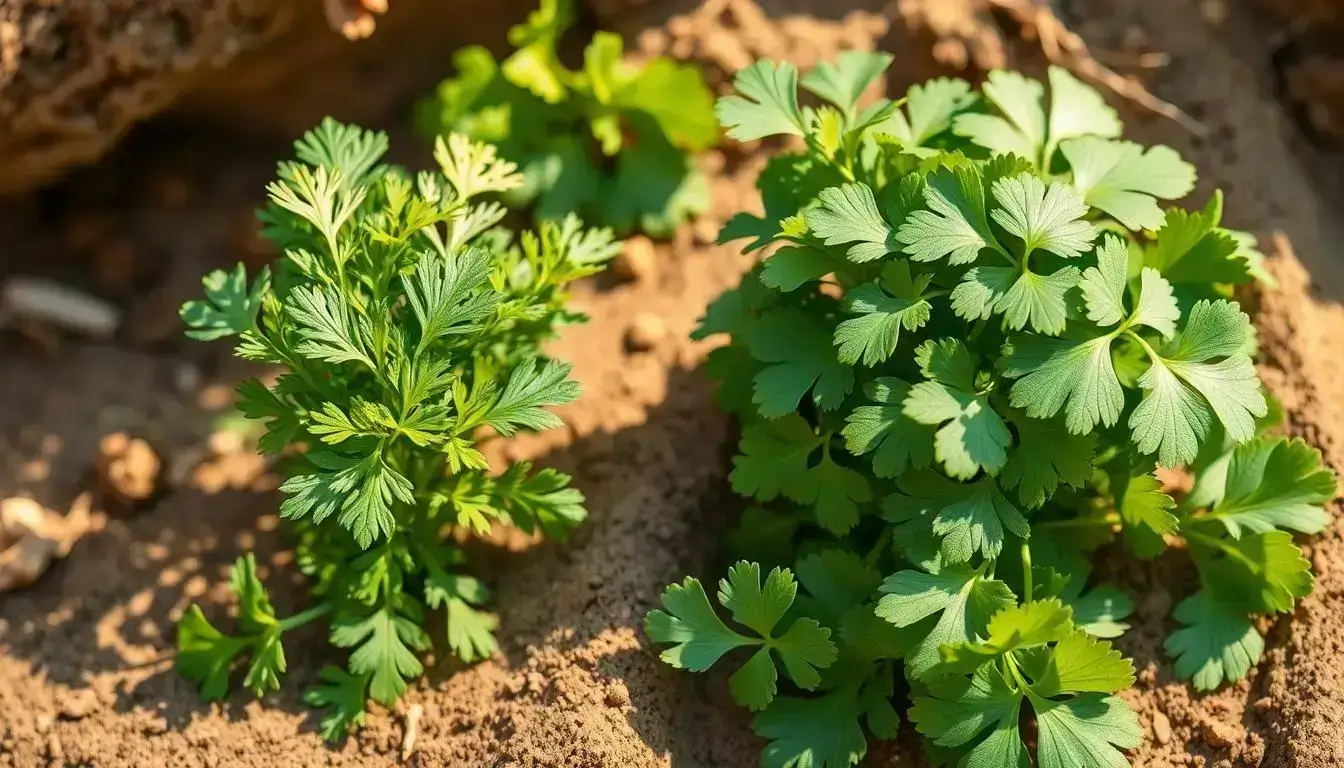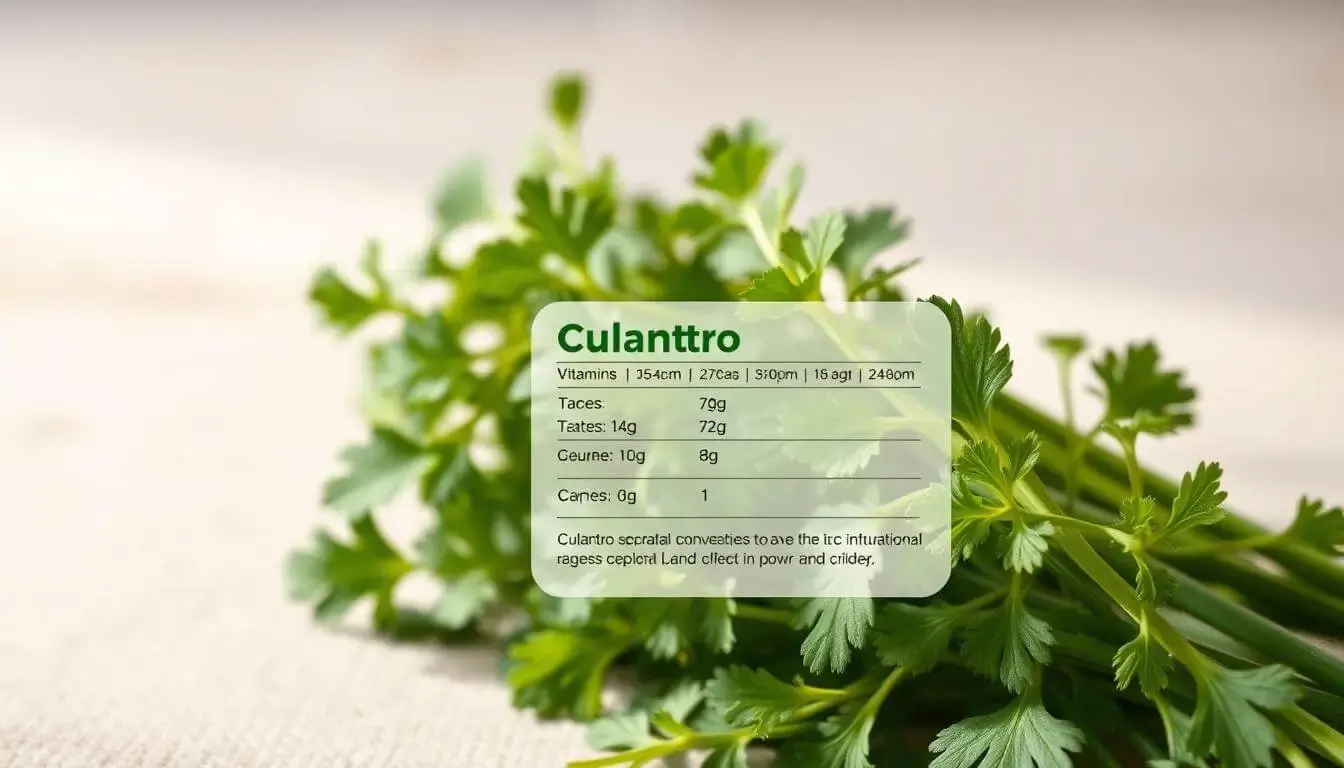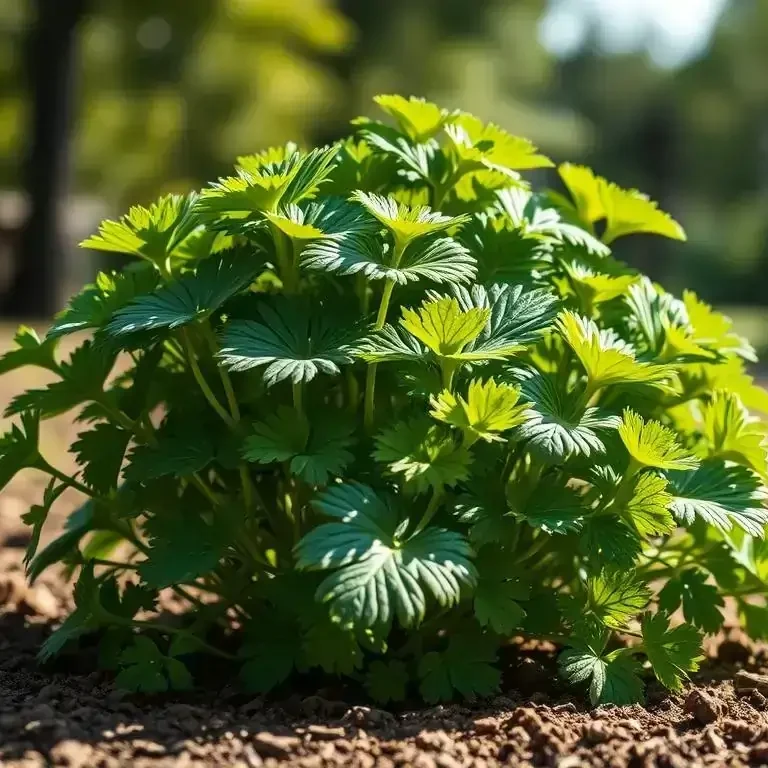You’re about to uncover the distinct charm of culantro, a herb that has been gaining popularity in Ann Arbor. This unique ingredient is not just a flavor enhancer; it’s a culinary experience waiting to be explored.
As you delve into the world of culantro in Ann Arbor, you’ll discover its versatility and the various ways it’s being used in local cuisine. From its characteristics to its uses and availability, this article will guide you through the fascinating realm of this herb.
Key Takeaways
- Understanding what culantro is and its unique flavor profile.
- Exploring the various uses of culantro in cooking.
- Learning about the availability of culantro in Ann Arbor.
- Discovering local dishes and recipes that feature culantro.
- Tips on how to incorporate culantro into your culinary creations.
What is Culantro? Understanding This Distinctive Herb
If you’re unfamiliar with culantro, you’re about to discover a distinctive herb that’s a staple in many cuisines. Culantro is often confused with cilantro due to their similar names and uses, but it has its own unique characteristics.
Origin and Botanical Classification
Culantro, scientifically known as Eryngium foetidum, is native to the tropical regions of the Americas. It belongs to the Apiaceae family, which includes other well-known herbs like parsley and celery. Unlike cilantro, which is an annual herb, culantro is a biennial or perennial herb in some regions.
| Characteristics | Culantro | Cilantro |
| Scientific Name | Eryngium foetidum | Coriandrum sativum |
| Family | Apiaceae | Apiaceae |
| Nativity | Tropical Americas | Middle East and Mediterranean |
Flavor Profile and Aromatic Qualities
Culantro has a strong, pungent flavor that is often described as a mix between cilantro and citrus. Its leaves are used in various dishes, particularly in Latin American, Caribbean, and Southeast Asian cuisines, to add a unique depth of flavor. The aroma of culantro is potent and can be overpowering if used excessively.
Culantro vs Cilantro: Key Differences and Similarities

Culantro and cilantro, two herbs with a shared name but distinct identities, offer unique experiences for chefs and home cooks alike. While both are used in various cuisines, their differences in taste, appearance, and usage can significantly impact the outcome of a dish.
Taste Comparison
The taste of culantro is often described as more robust and pungent compared to cilantro, which has a lighter, fresher flavor. This difference is due to the varying concentrations of aromatic compounds in each herb.
Appearance and Physical Characteristics
Culantro leaves are typically longer and more serrated than cilantro leaves, with a deeper green color. This distinction makes it easier to identify one from the other in culinary settings.
Culinary Uses and Substitution Tips
While both herbs can be used in similar dishes, culantro is often preferred in Caribbean and Latin American cooking for its robust flavor. When substituting cilantro for culantro, use less due to culantro’s stronger taste. Conversely, use more cilantro if substituting for culantro to achieve a similar flavor profile.
Key differences and similarities between culantro and cilantro include:
- Taste: Culantro is stronger and more pungent.
- Appearance: Culantro leaves are longer and more serrated.
- Culinary Use: Both can be used in similar dishes, but culantro is preferred for its robust flavor in certain cuisines.
Health Benefits and Nutritional Value of Culantro
As you explore the world of herbs, you’ll discover that culantro is not only a flavorful addition to various dishes but also a nutrient-rich herb with numerous health benefits. Rich in vitamins A and C, as well as minerals like potassium and magnesium, culantro can be a valuable addition to a healthy diet.
Essential Nutrients and Compounds

Culantro is an excellent source of antioxidants and contains various essential oils that contribute to its medicinal properties. The herb is rich in vitamins and minerals, making it a nutritious choice for enhancing the flavor and nutritional value of meals. Key nutrients include vitamin A, vitamin C, potassium, and magnesium, which play crucial roles in maintaining overall health.
Traditional Medicinal Applications
Traditionally, culantro has been used to treat a variety of health issues, from digestive problems to respiratory infections. Its medicinal properties are attributed to its antioxidant and anti-inflammatory compounds. In many cultures, culantro is believed to have healing properties that can help alleviate symptoms of certain conditions, making it a popular ingredient in herbal remedies.
Culantro in Ann Arbor: Where to Find This Exotic Herb
Discovering where to buy culantro in Ann Arbor can elevate your cooking with this distinctive herb. If you’re eager to incorporate its unique flavor into your recipes, you’re in luck because Ann Arbor offers several avenues to source this exotic ingredient.
Local Markets and Specialty Stores
Ann Arbor’s diverse culinary scene is supported by various specialty stores and markets that carry international ingredients, including culantro. You can start your search at stores that specialize in Asian or Latin American products.
Asian Markets and International Grocers
Stores like Ming’s Market and other Asian grocery stores often carry culantro, catering to the local Asian community’s culinary needs. These markets are a reliable source for fresh or dried culantro.
Latin American Food Shops
Latin American grocery stores are another excellent place to find culantro, as it’s a staple herb in many Latin American cuisines. El Super Mart and similar stores typically stock culantro to meet the demands of their customers.
Farmers Markets and Seasonal Availability
During certain times of the year, Ann Arbor’s farmers markets may feature vendors selling culantro, especially those who specialize in exotic or international produce. Keep an eye out for seasonal availability to catch this herb fresh.
Community Gardens and Local Growers
For those interested in growing their own culantro, Ann Arbor’s community gardens can be a great resource. Some local growers may also sell culantro at farmers markets or through their own distribution channels.
By exploring these options, you can enjoy the unique flavor of culantro in your cooking, whether you’re making traditional dishes or experimenting with new recipes.
Growing Culantro in Ann Arbor’s Climate
If you’re interested in cultivating culantro in Ann Arbor, it’s essential to know the optimal growing conditions. Culantro is a hardy herb, but it still requires specific care to thrive in Michigan’s climate.
Optimal Growing Conditions for Michigan Weather
Culantro prefers well-drained soil and partial shade, especially in warmer climates. In Ann Arbor, it’s best to plant culantro in the spring or early summer, when the soil has warmed up. Ensure the soil pH is between 6.0 and 7.0 for optimal growth.
Planting and Caring for Culantro
To plant culantro, sow culantro seeds about ¼ inch deep and 1-2 inches apart in rows that are 12-18 inches apart. Keep the soil consistently moist during the first few weeks after planting. As the plants grow, you can reduce watering to about 1-2 inches per week. Regular pruning will encourage bushy growth and prevent flowering.
Harvesting and Storage Tips
Leaves are ready to harvest when they are large enough to use. You can harvest individual leaves or cut off the entire plant about an inch above the soil line. To store, wrap the leaves in a damp paper towel and refrigerate. You can also freeze culantro leaves for longer storage. Using fresh culantro seeds will ensure a continuous supply of this versatile herb.
Culantro Seeds: Selection and Sourcing

To cultivate culantro effectively in Ann Arbor, you need to start with the right seeds, and there are local and online sources to consider. Selecting high-quality culantro recao seeds is crucial for a successful harvest.
Local Seed Suppliers in Ann Arbor
Ann Arbor has several local nurseries and gardening stores that supply culantro seeds. Visiting these stores can provide you with the opportunity to inspect the seeds and get advice from experienced staff. Some popular options include:
- Michigan Gardener’s Supply
- Ann Arbor Nursery
- Local Botanical Gardens
These local suppliers often carry a variety of herb seeds, including culantro. It’s a good idea to call ahead and confirm availability.
Online Options for Culantro Recao Seeds
If you prefer the convenience of online shopping or are looking for a specific variety of culantro, there are several online retailers that specialize in herb seeds. Some reputable online sources include:
- Seed Savers Exchange
- Renee’s Garden Seeds
- Burpee Seeds
When purchasing online, ensure that you’re buying from a reputable supplier that provides high-quality seeds suitable for your region’s climate.
Ann Arbor Restaurants Featuring Culantro in Their Cuisine
Ann Arbor’s culinary scene is embracing the unique flavor of culantro, and you can experience it at various local restaurants. The city’s diverse dining options make it an ideal place to try dishes featuring this distinctive herb.
Several restaurants in Ann Arbor are incorporating culantro into their menus, offering a range of flavors and cuisines. You can find culantro featured in various dishes, from traditional Latin American and Caribbean recipes to innovative fusion cuisine.
Latin American and Caribbean Eateries
Latin American and Caribbean restaurants are among the top places to try culantro in Ann Arbor. Some popular eateries include:
- El Patio, known for its authentic Mexican dishes that often feature culantro.
- Island Spice, a Caribbean restaurant that incorporates culantro into its flavorful recipes.
Southeast Asian Restaurants
Southeast Asian cuisine is another area where culantro shines. Restaurants like:
- Thai Basil, which uses culantro in some of its traditional Thai dishes.
- Vietnamese Kitchen, offering Vietnamese recipes that include culantro for added depth of flavor.
Fusion Cuisine and Innovative Local Chefs
Ann Arbor is also home to innovative chefs who are experimenting with culantro in fusion cuisine. Some notable mentions include:
- The Modern Table, a restaurant known for its creative dishes that sometimes feature culantro.
- Fork in the Road, a farm-to-table eatery that incorporates culantro into its seasonal menus.
By exploring these restaurants, you can experience the unique flavor of culantro in a variety of culinary contexts.
Conclusion: Embracing Culantro in Your Ann Arbor Kitchen
As you’ve discovered, culantro is a unique and versatile herb that can elevate your cooking to new heights. In Ann Arbor, you can find culantro at local markets, specialty stores, and farmers markets, making it easier than ever to incorporate this flavorful herb into your recipes.
By understanding the differences between culantro and cilantro, you can make informed decisions about when to use each herb. With its numerous health benefits and culinary applications, culantro is a great addition to any kitchen. Whether you’re a seasoned chef or an adventurous home cook, culantro is sure to become a new favorite ingredient in your Ann Arbor kitchen.
Explore the many restaurants in Ann Arbor that feature culantro in their cuisine, from Latin American and Caribbean eateries to Southeast Asian restaurants and innovative fusion cuisine. With culantro, you can add a new dimension to your cooking and experience the rich flavors and aromas that this herb has to offer.

